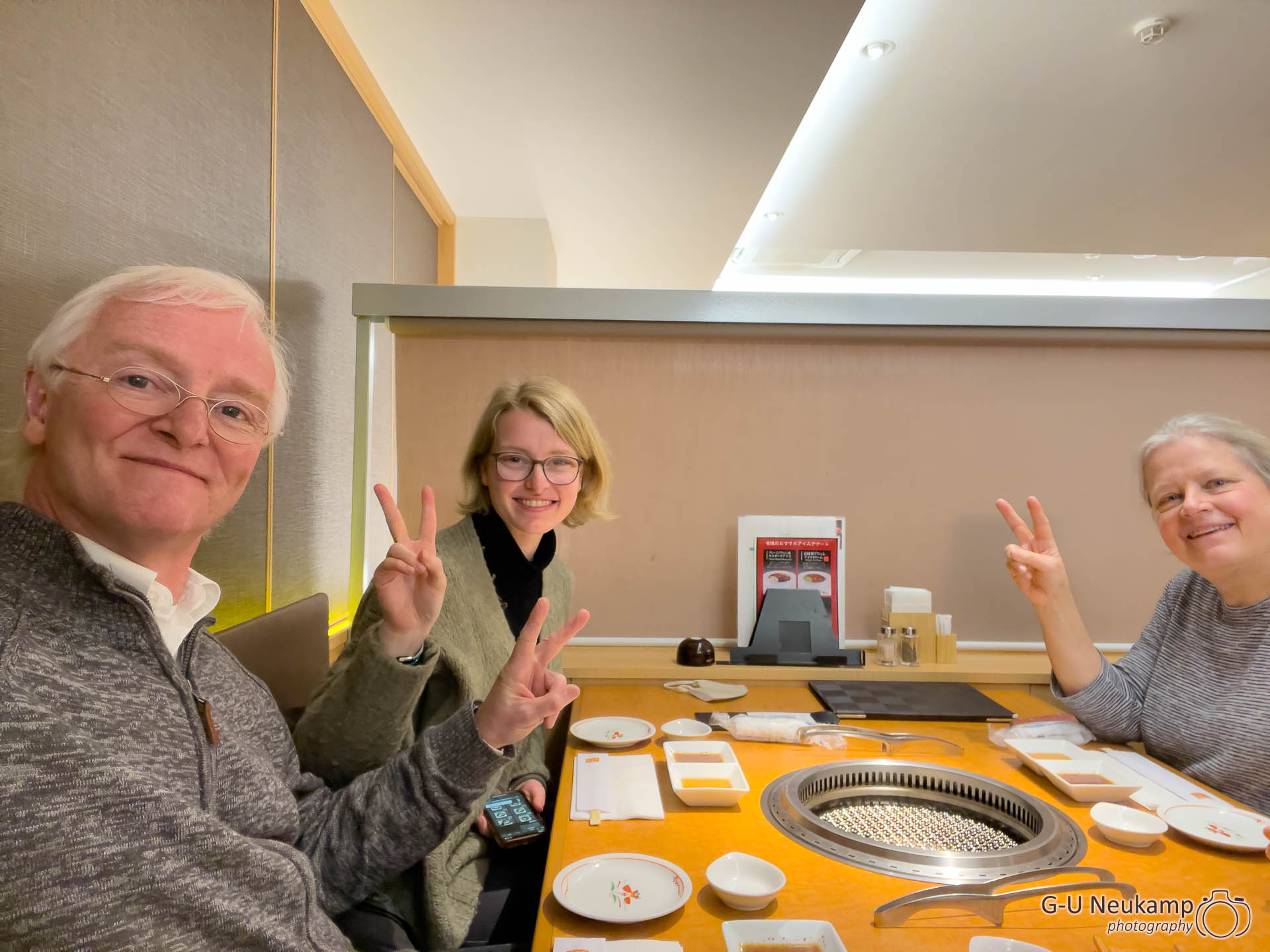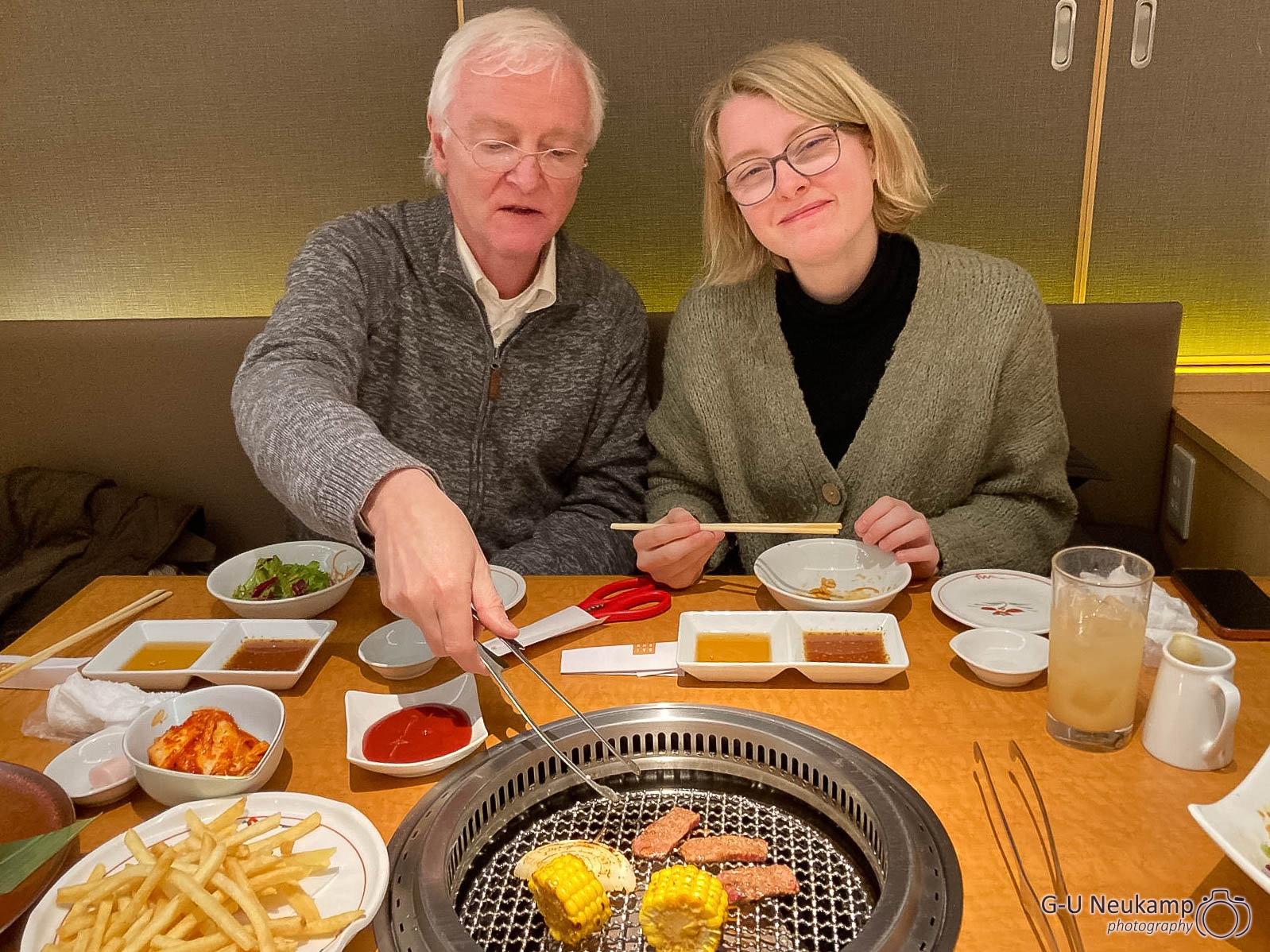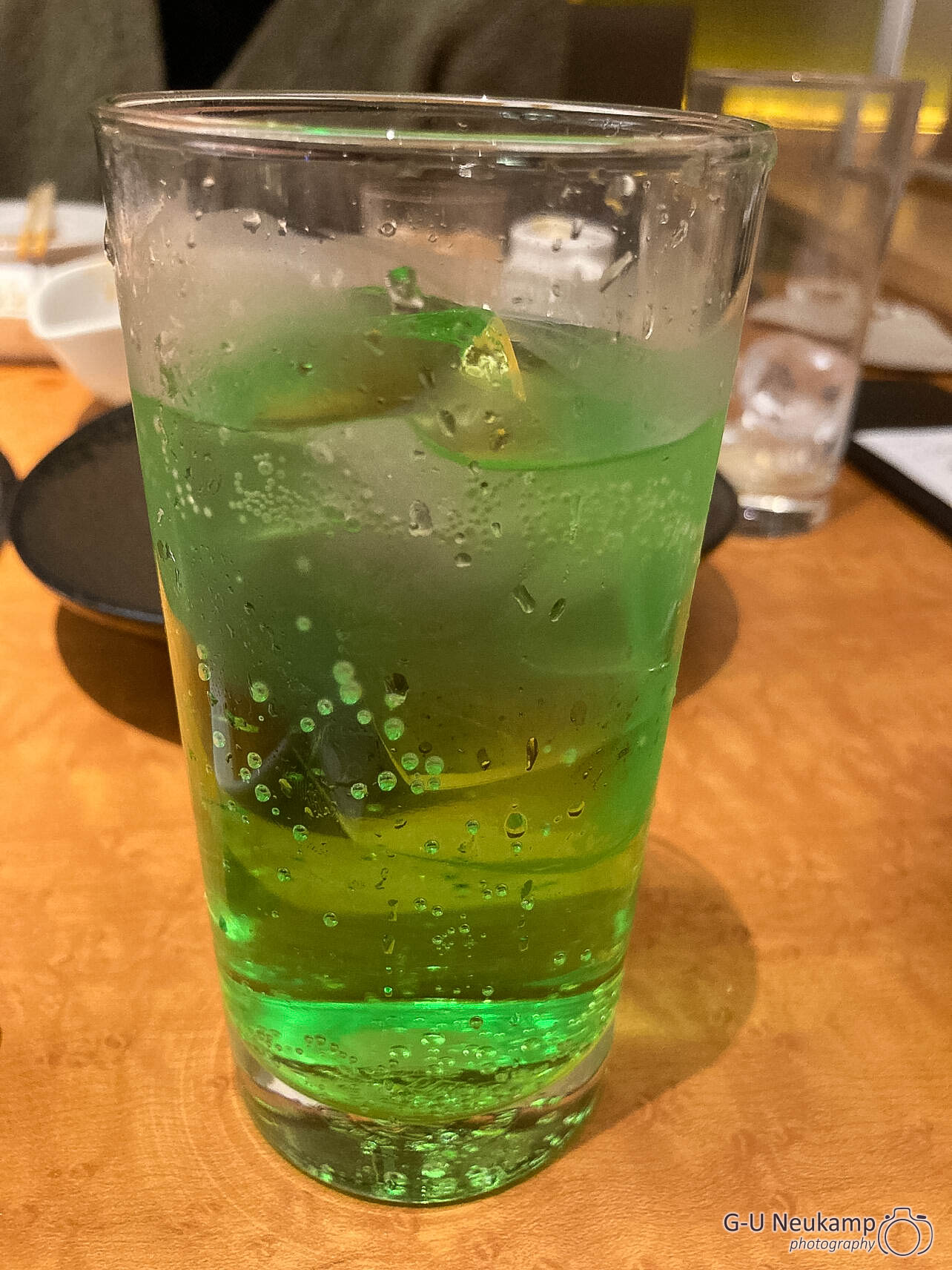February 24th, 2023
On our penultimate day in Kyōto, the weather was unfortunately very bad. Therefore, we slept a little longer and after a tasty breakfast we walked under umbrellas to the Sanjūsangen-do shrine. Inside the more than 100m long building there are 1000 big statues with different deities. The whole shrine is very impressive. Unfortunately, however, it was not allowed to take pictures in the temple….
The temple is famous from history for its archery competitions with the Japanese longbow known as Tōshiya (通し矢, literally “arrows that hit the target”). These were held annually in May on the 2.5-meter-wide, only 5.5-meter-high, and 120-meter-long west porch at the rear of the temple. The archers shot from the south end of the veranda at a cloth mounted as a target on the north side, where the court was located, which indicated the valid hits.
Even today, a well-known Kyūdō competition is held every year on the temple grounds under the same name. For reasons of monument preservation, however, in the courtyard next to the main hall and only over a distance of 60 m (“Enteki”).
A demonstration of the Tōshiya in its original form takes place annually in mid-January. Mainly young girls dressed in very elaborate kimonos shoot. The outside of the temple was also very beautifully landscaped with ponds, unfortunately it rained in one go. But the red beams of the complex are photogenic in any weather.

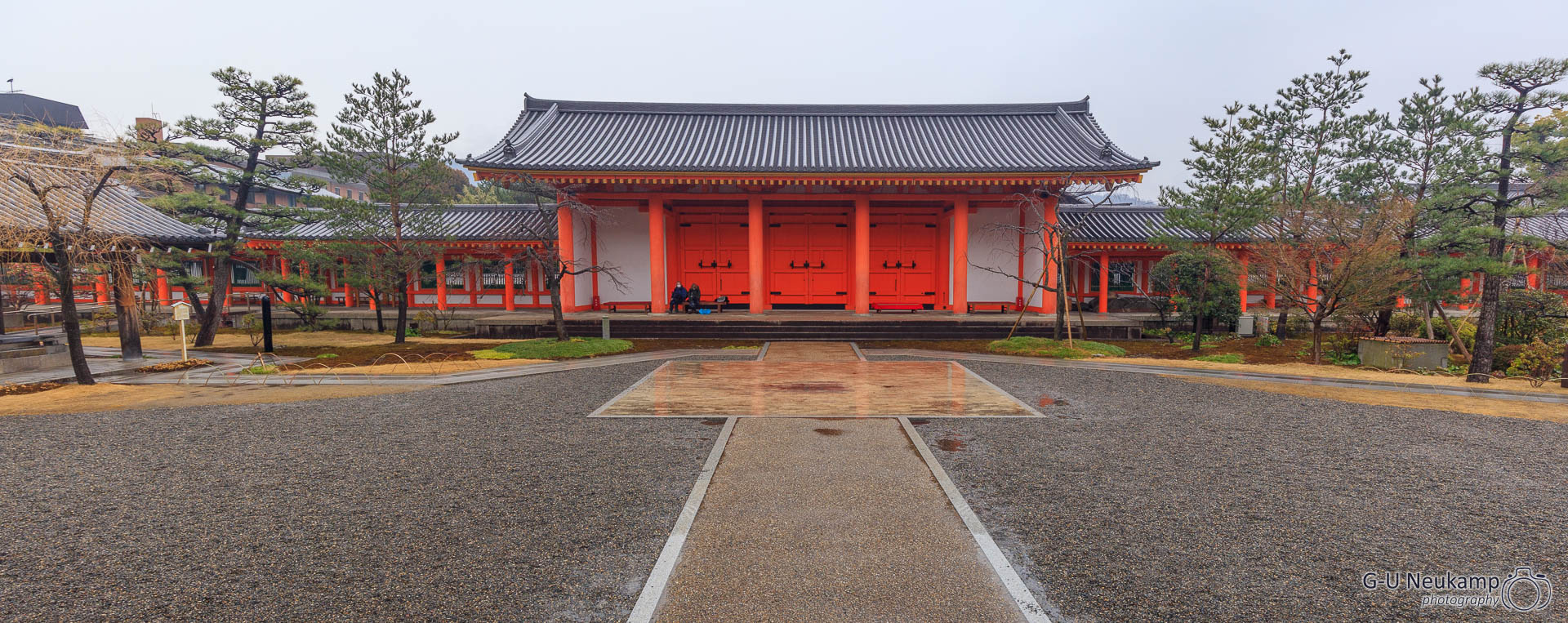
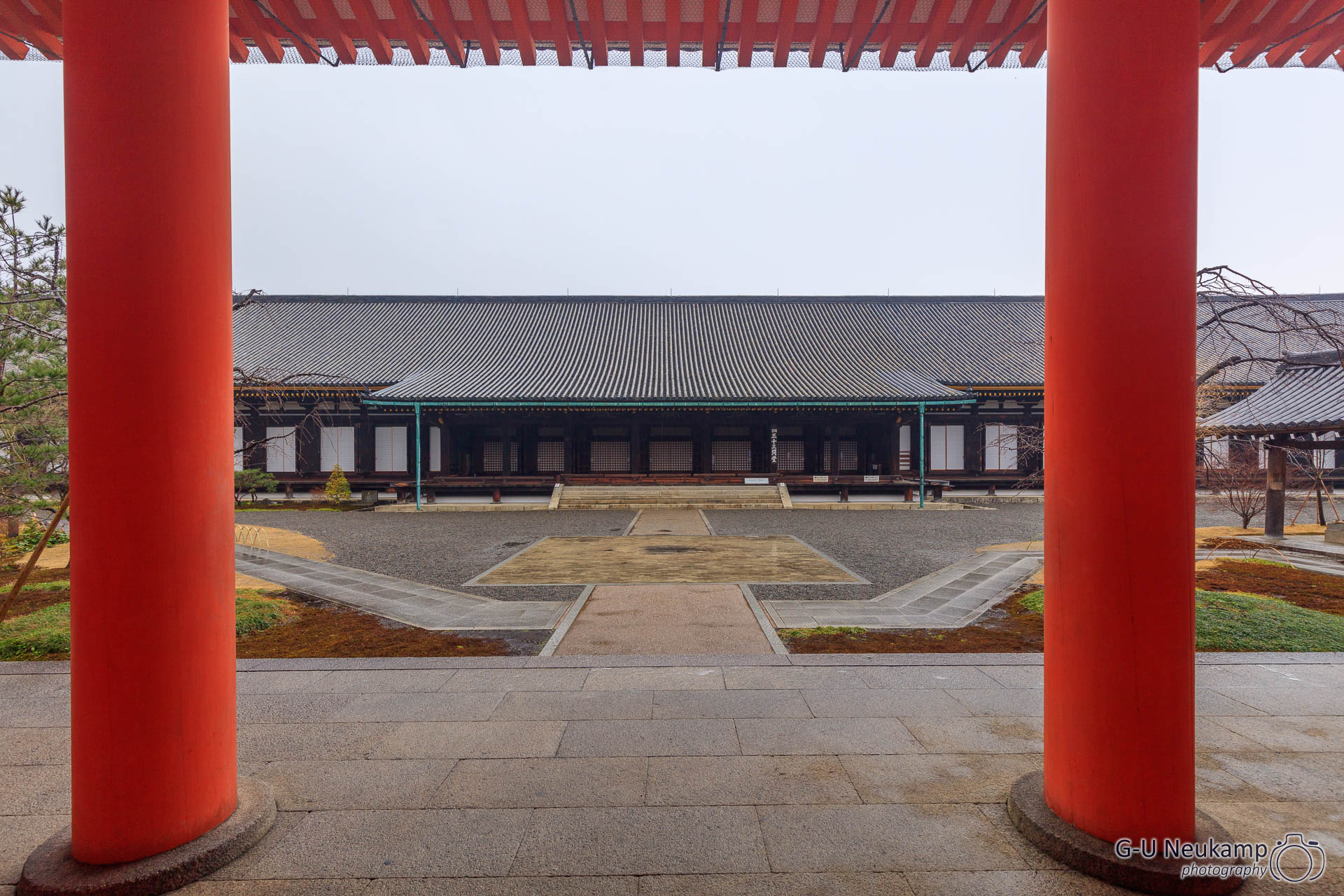
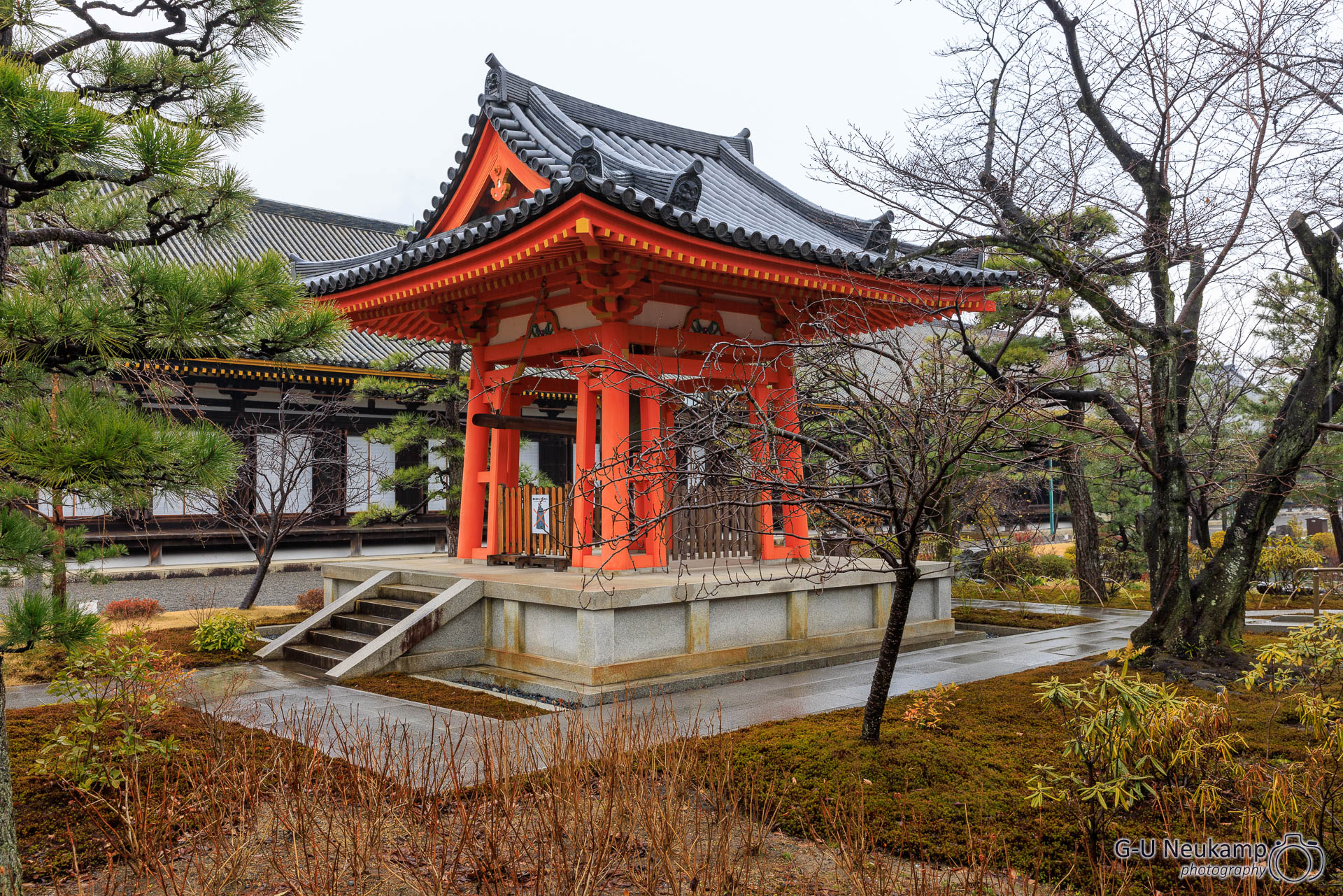
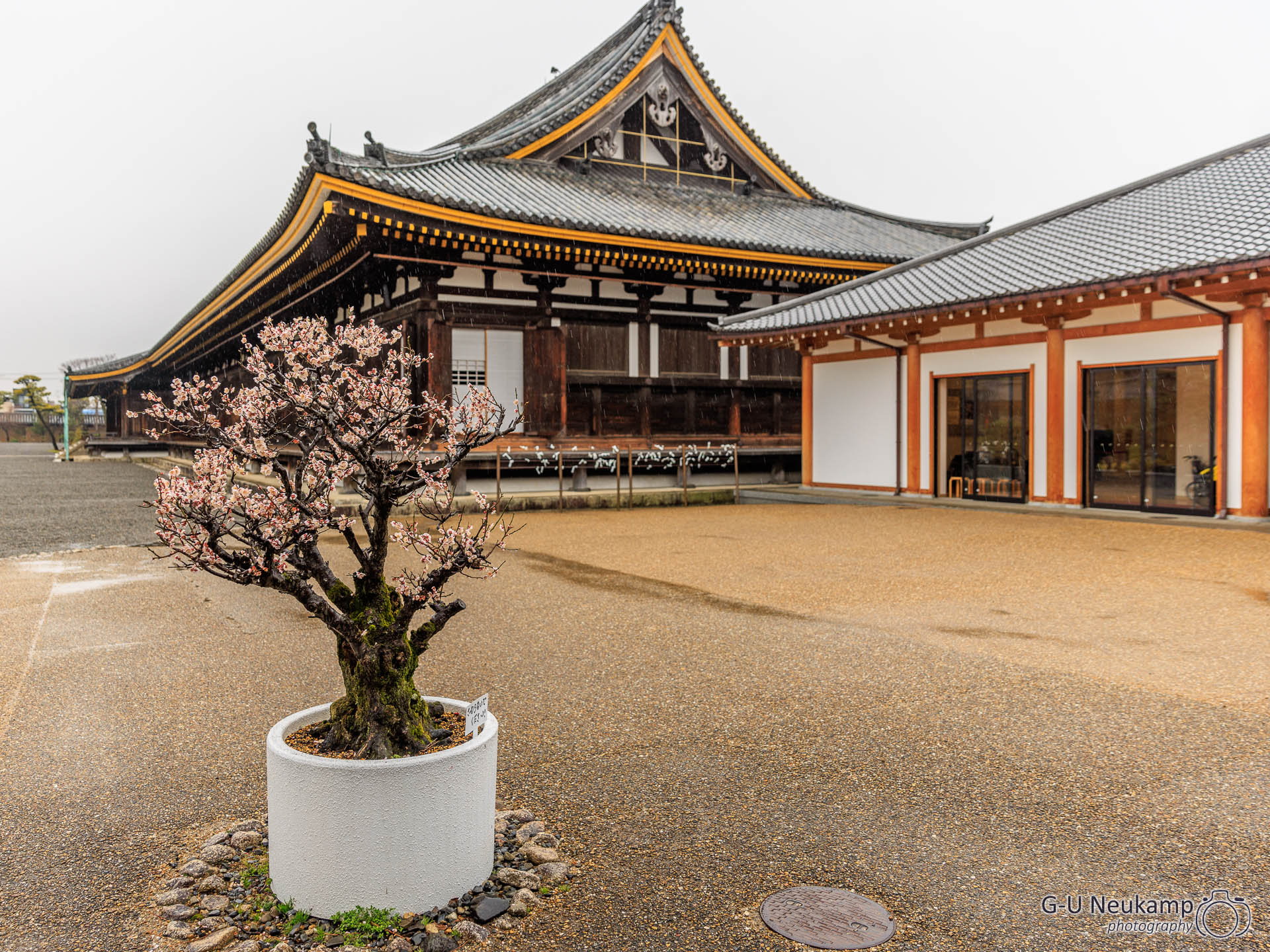
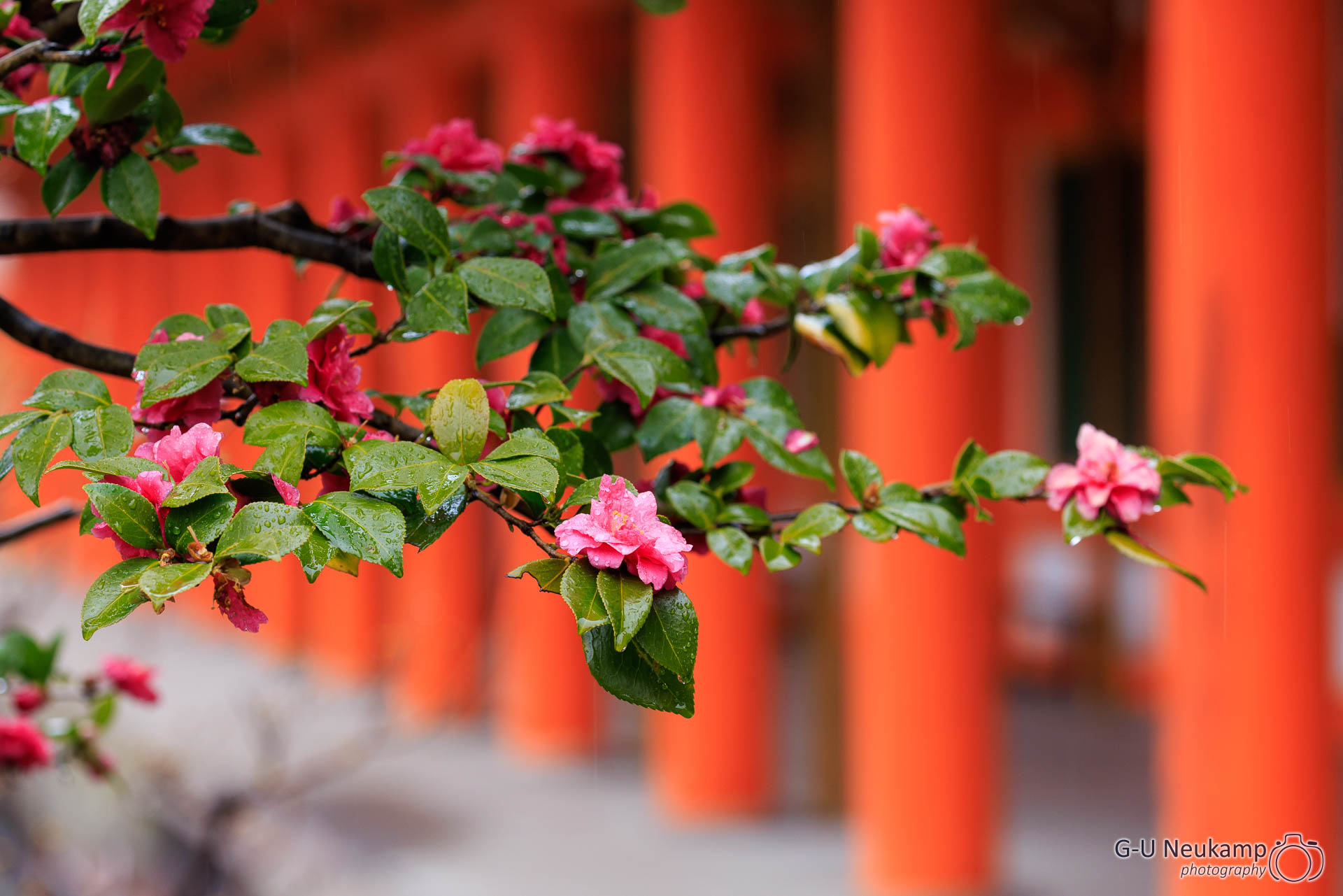
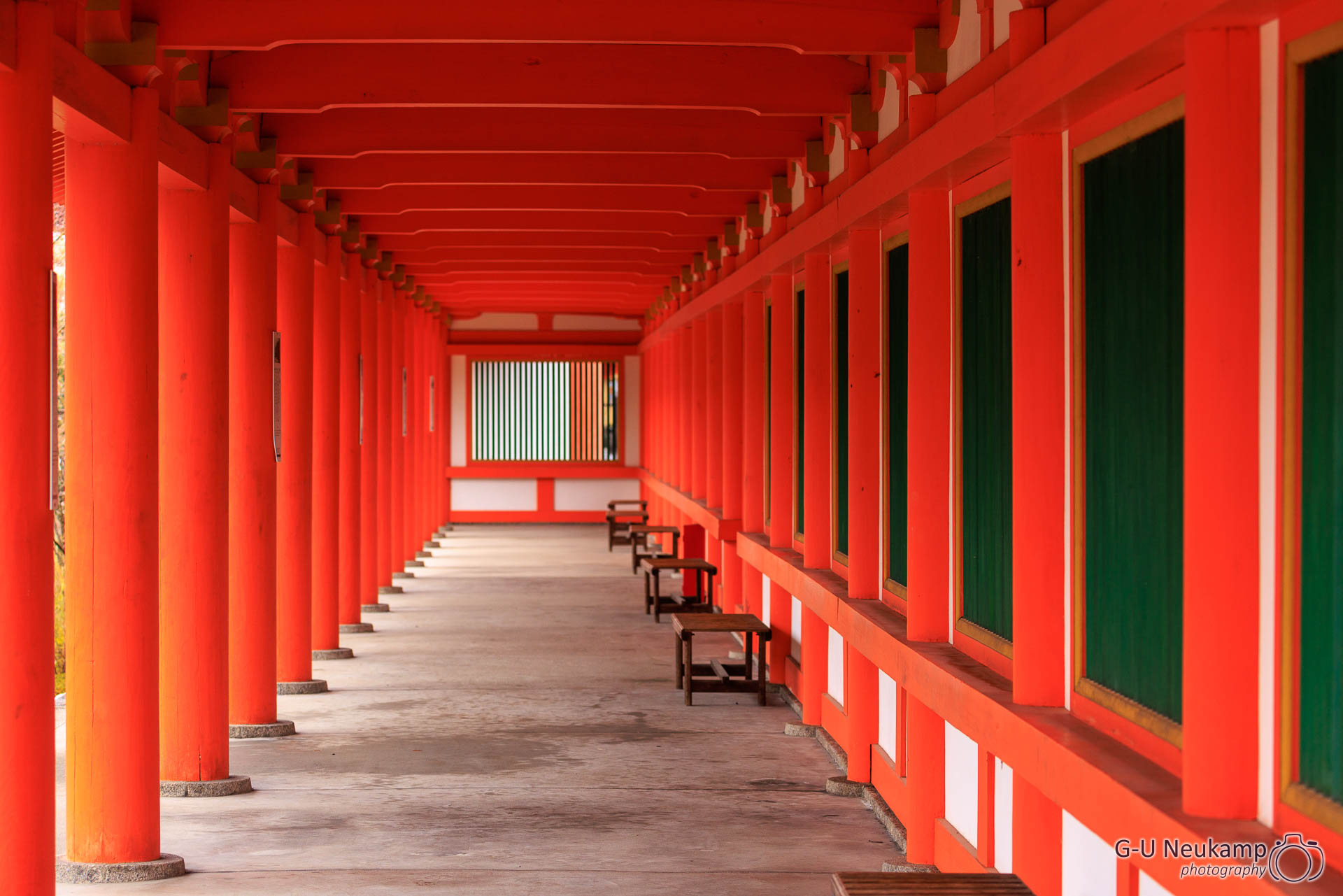
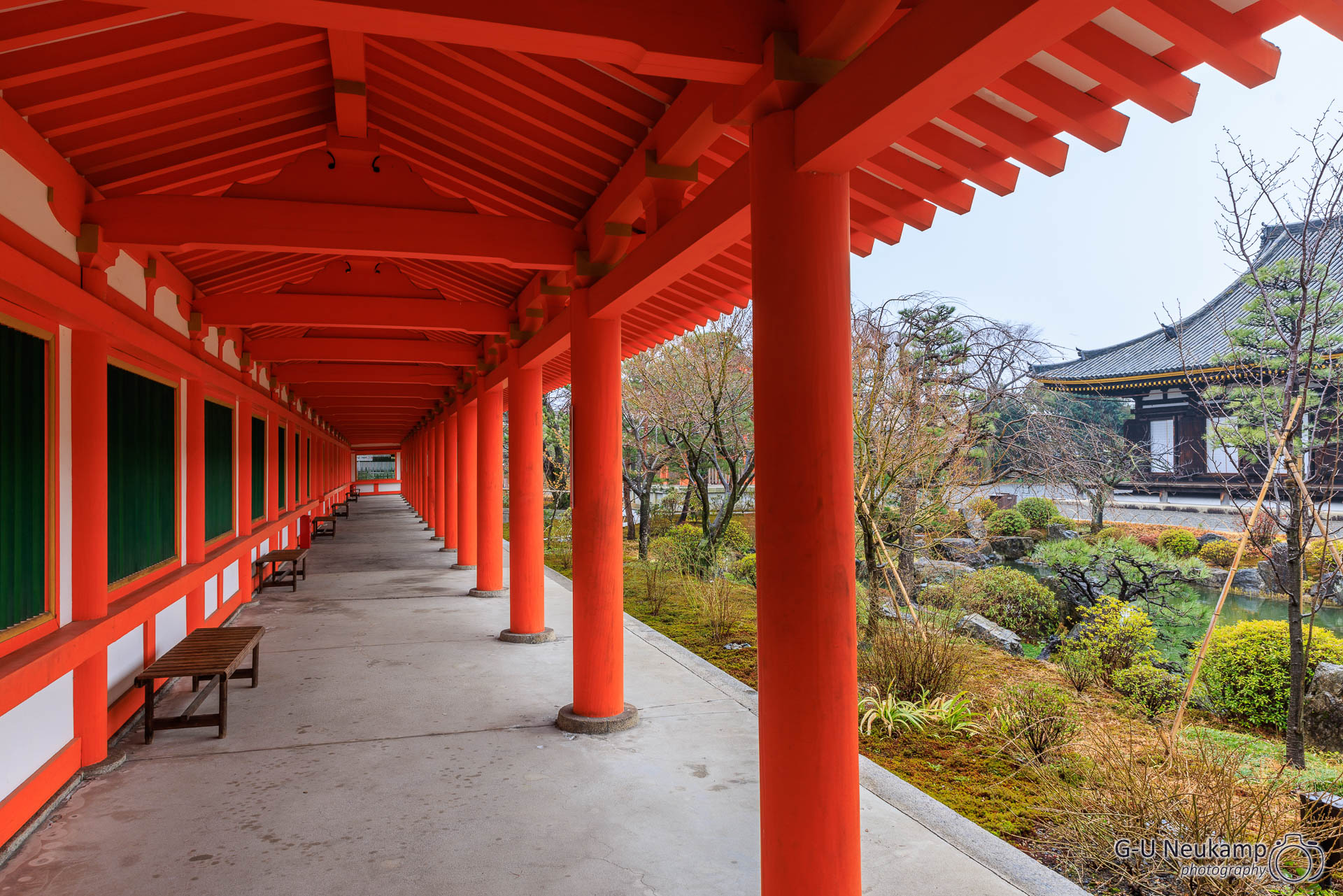
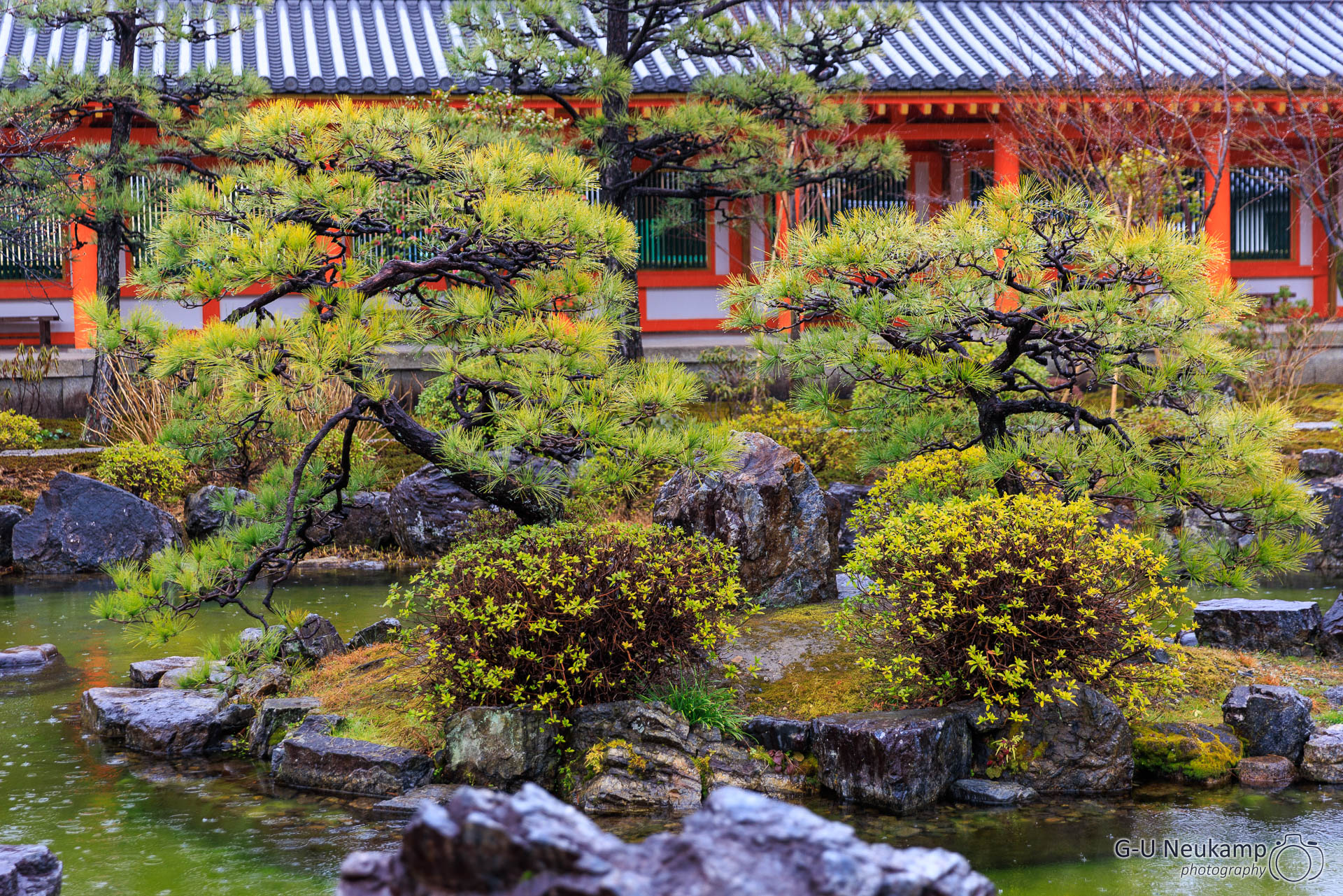
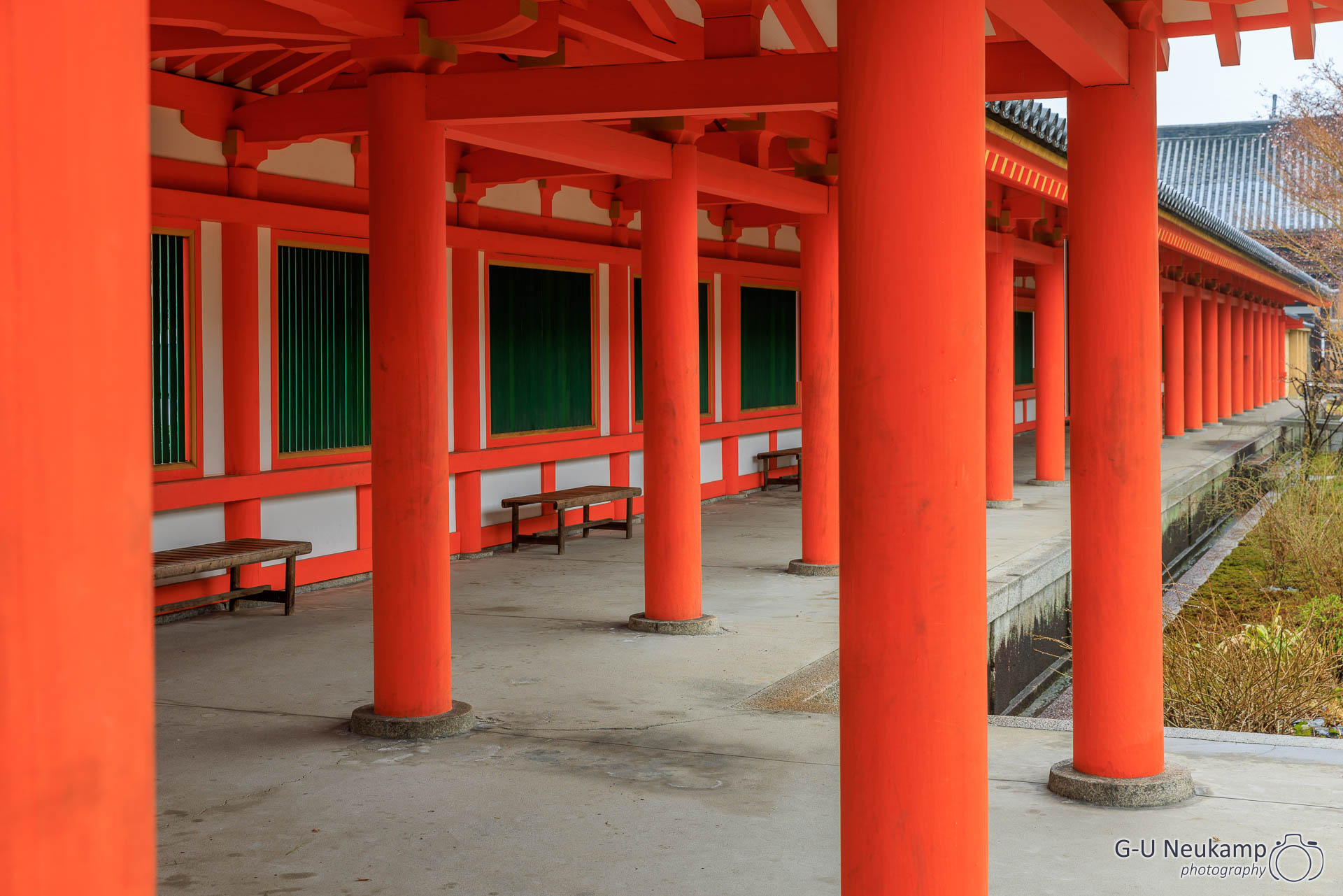
After that we continued to the next shrine to pick up the next stamp. The Toyokuni shrine is on the way to Gion, the old geisha district with beautiful traditional houses and alleys. For the rest of the way, we also strengthened ourselves again in a Starbucks.
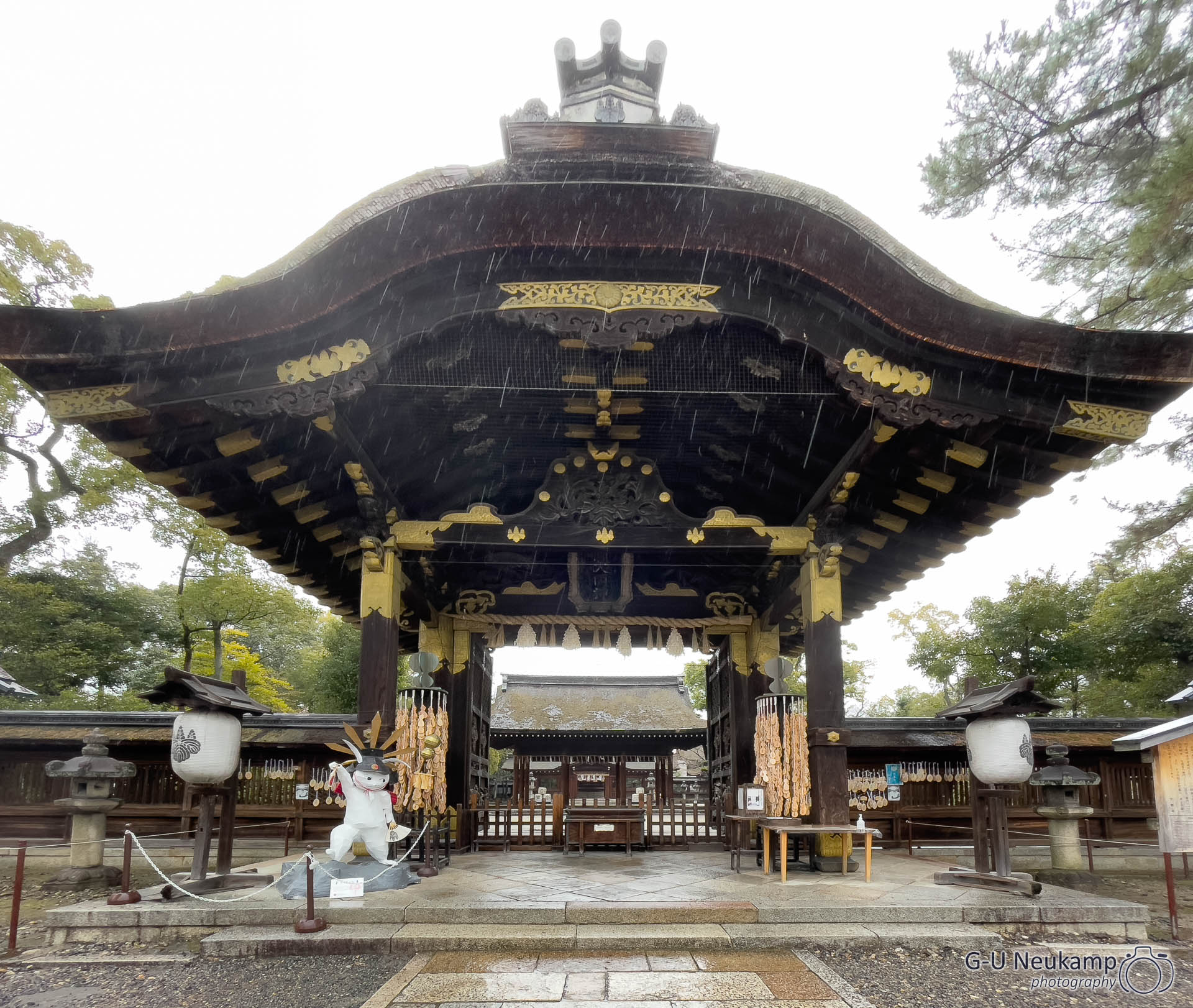
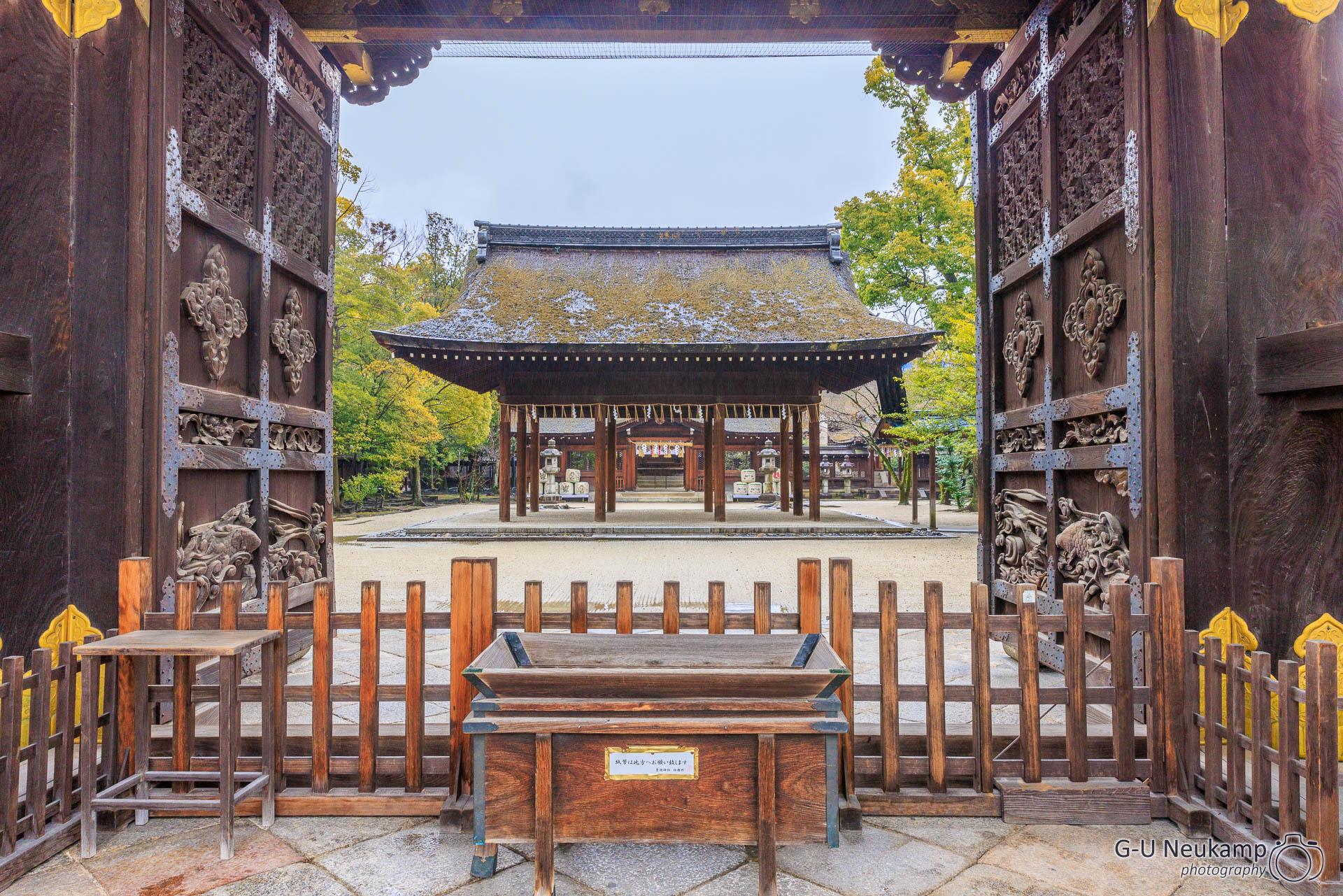
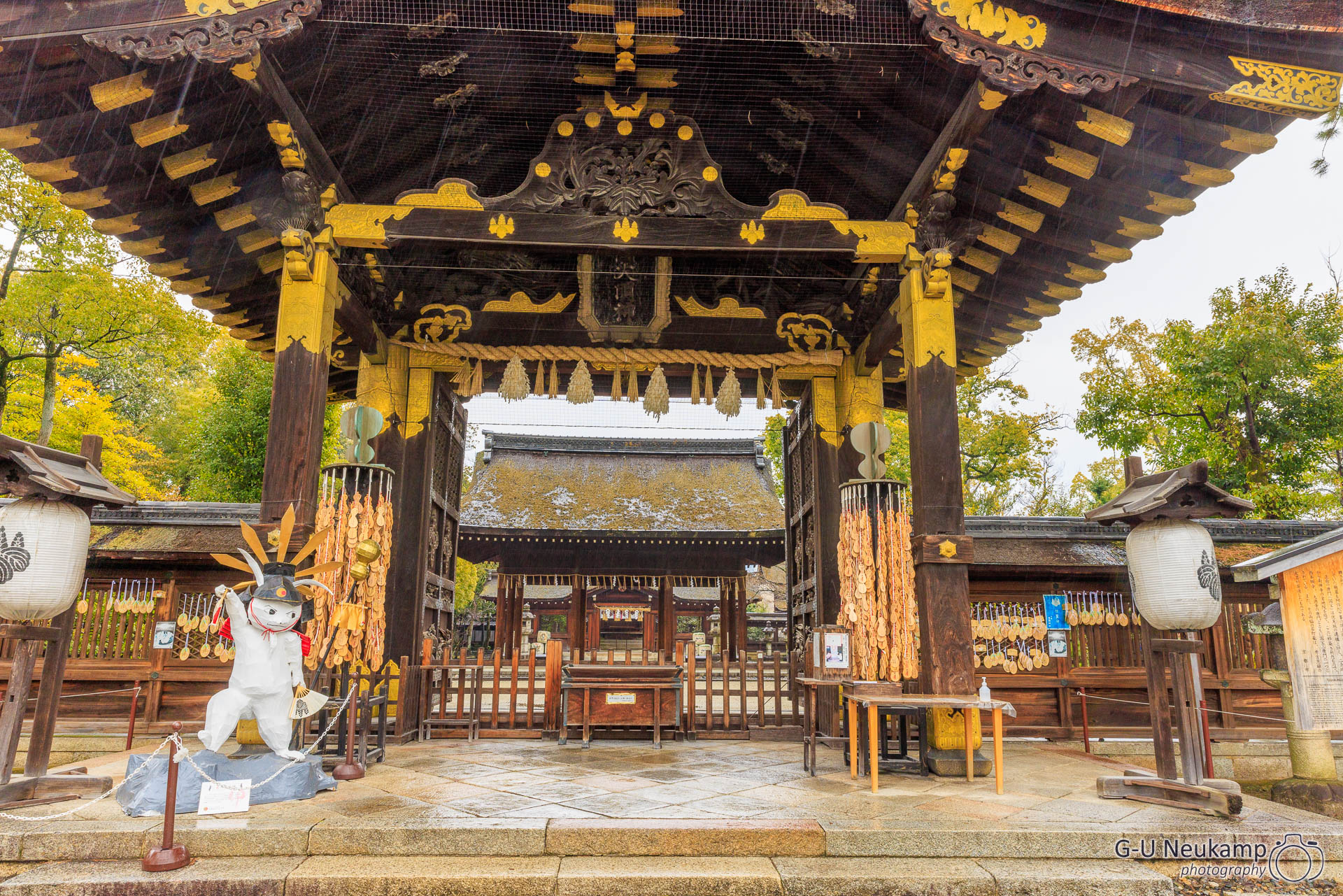
Gion is a district of Kyōto where the ancient tradition of the geishas continues year after year. It was originally built as a stopover for pilgrims visiting the Yasaka Shrine. Here are some pictures from Gion:
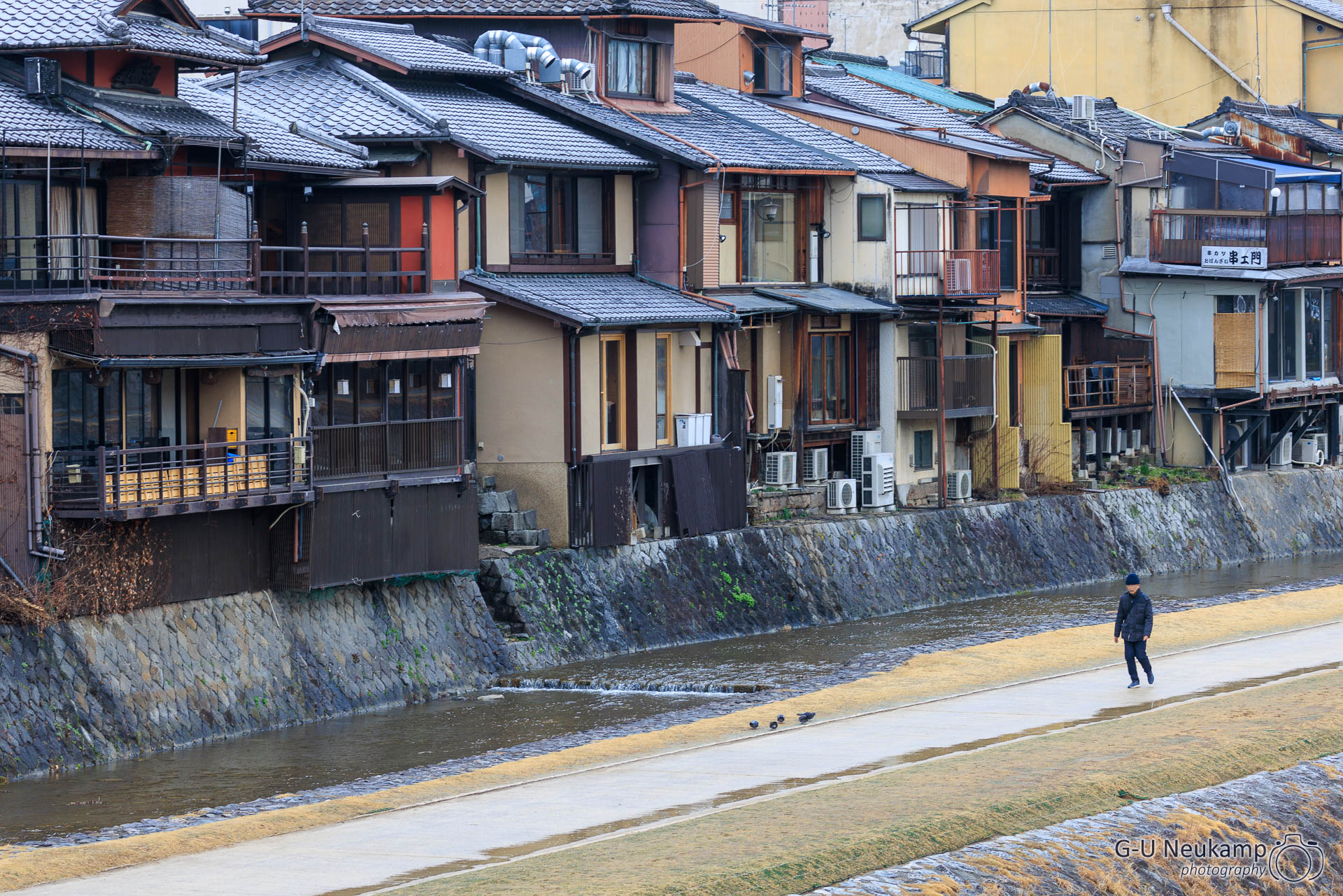
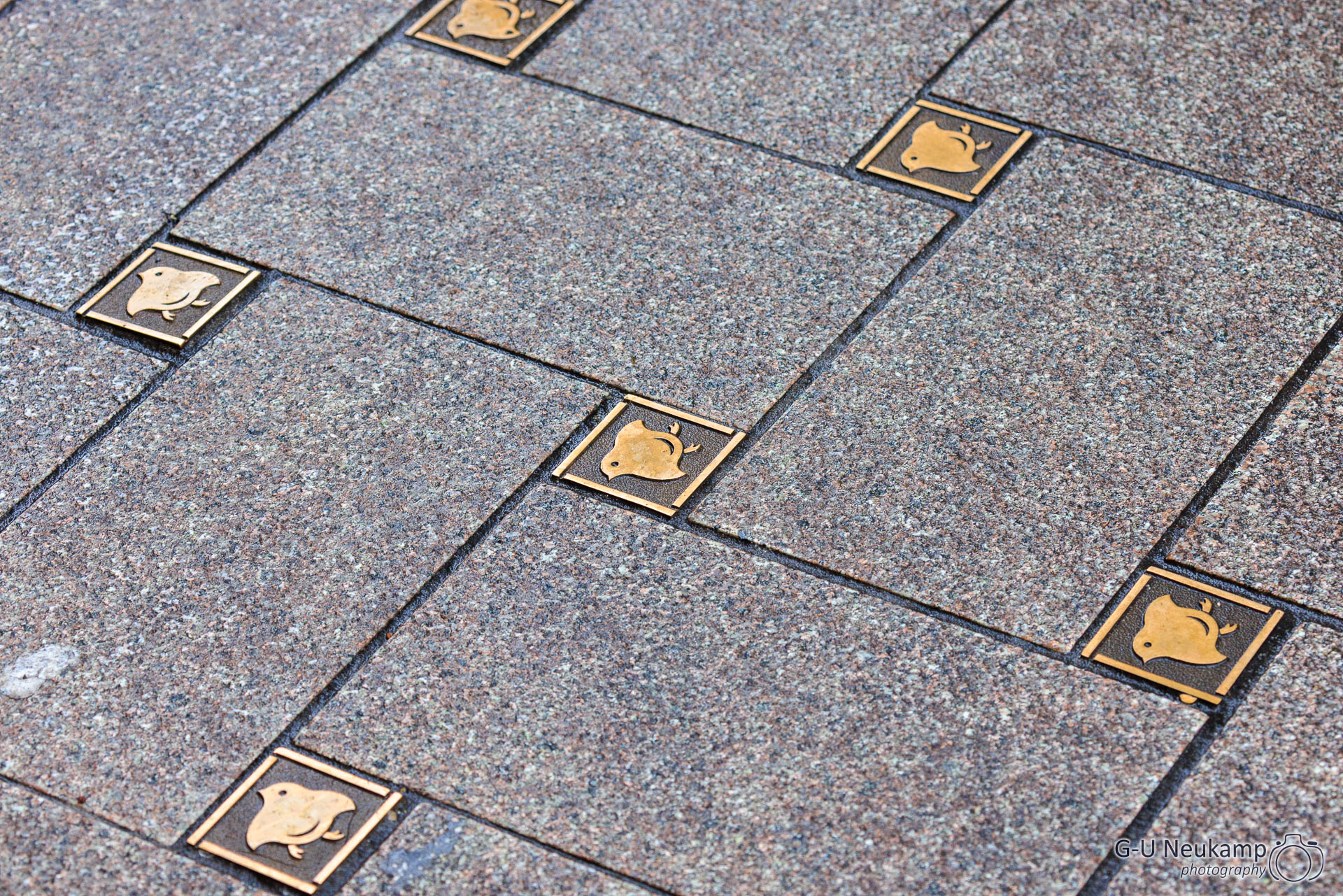
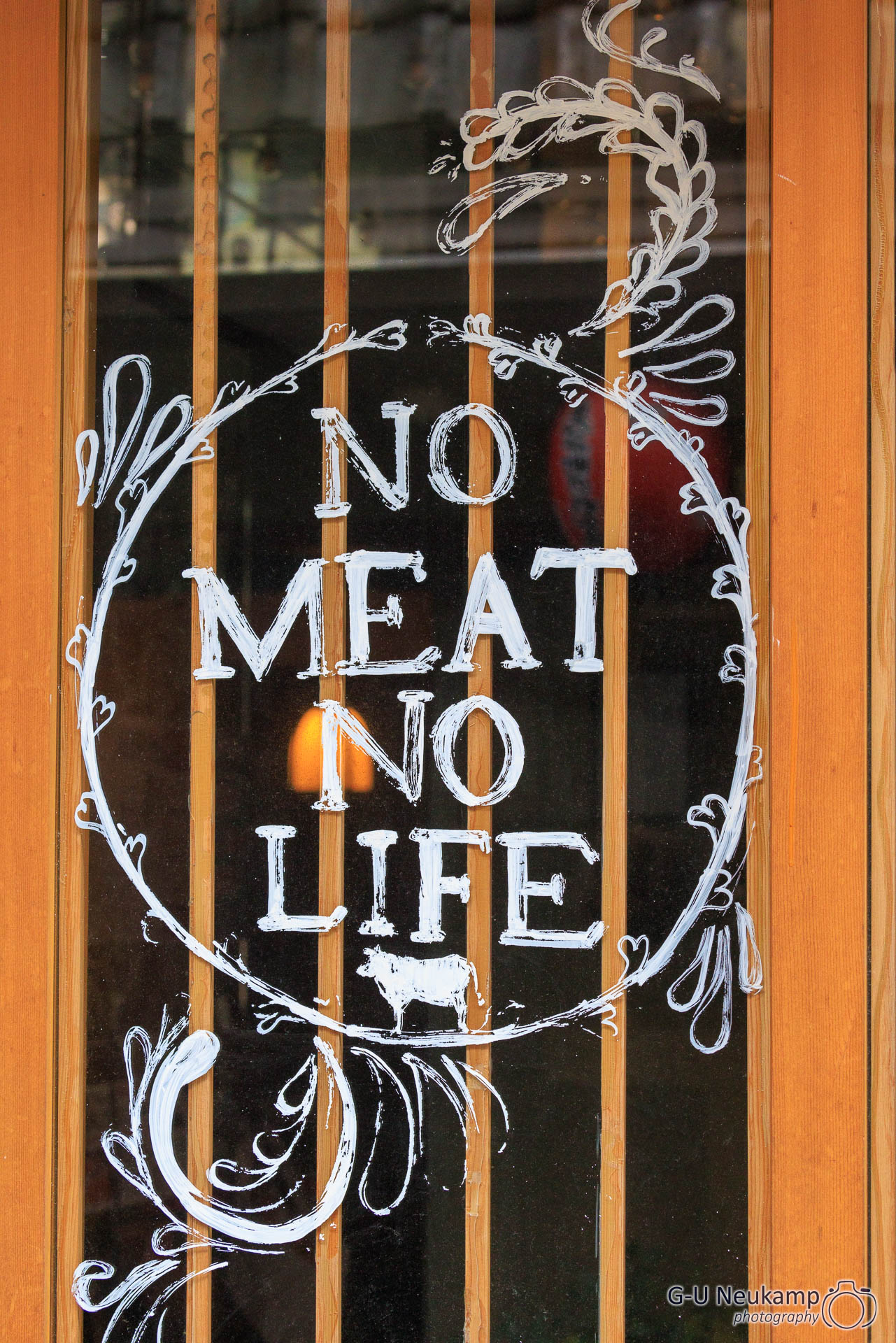
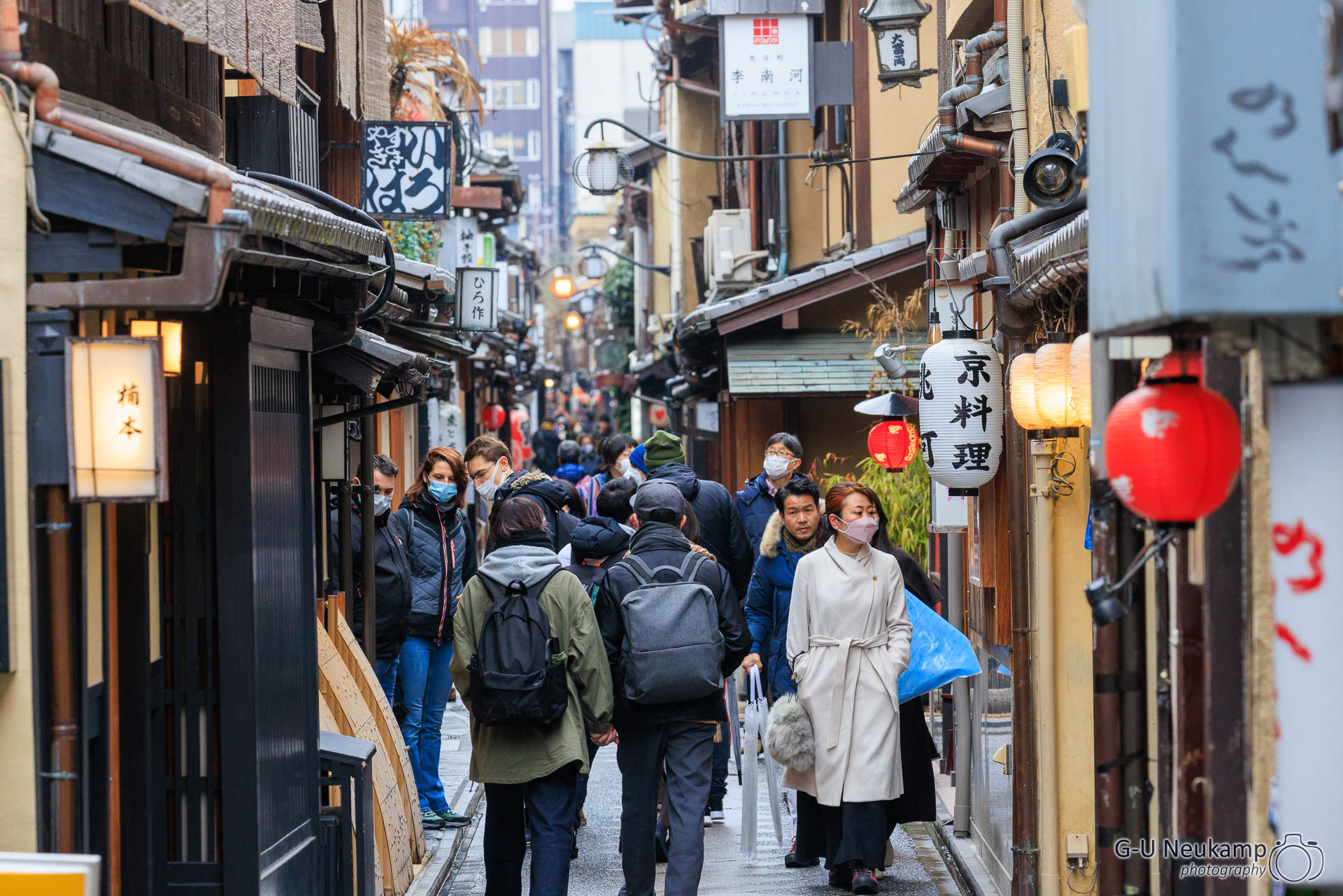
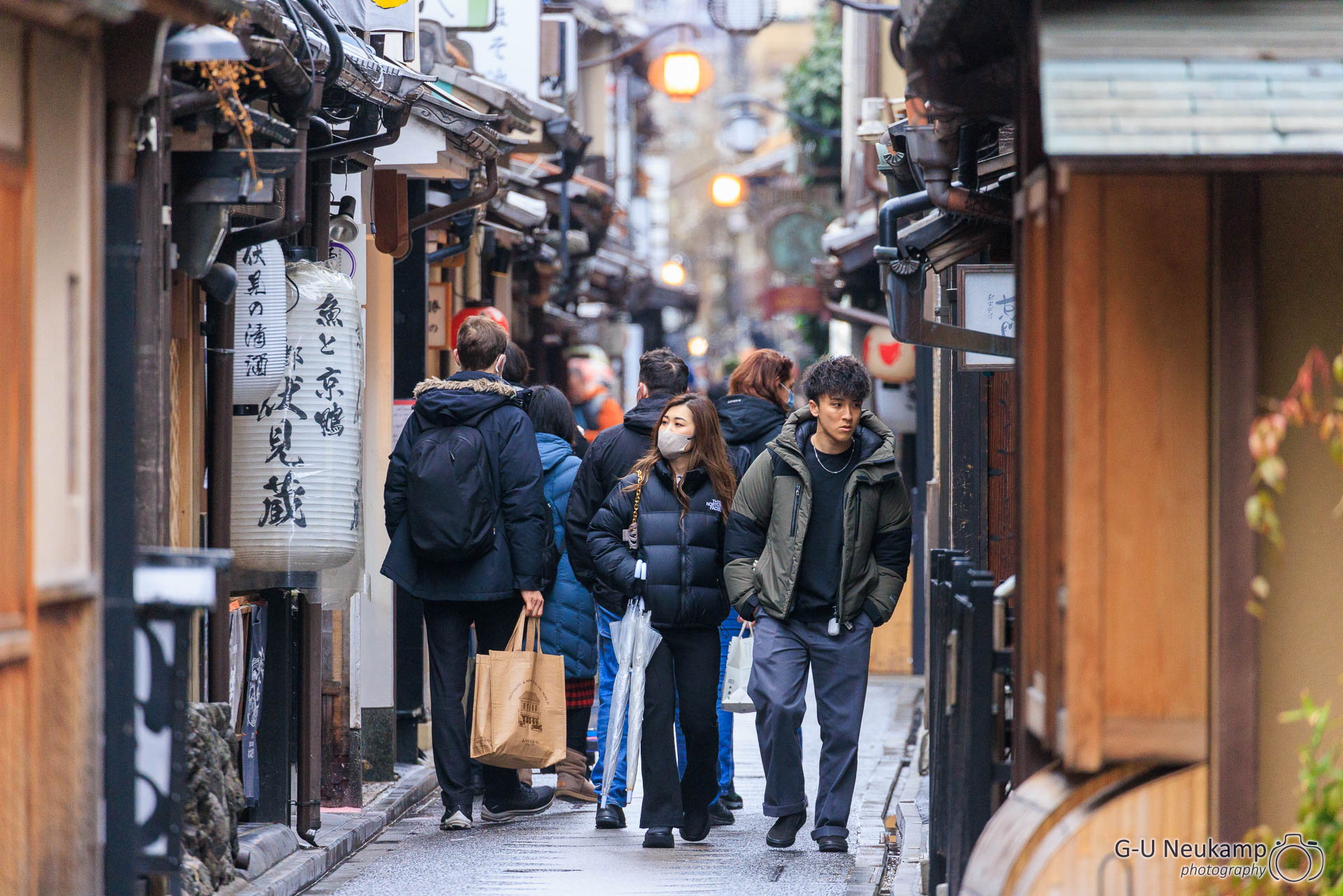
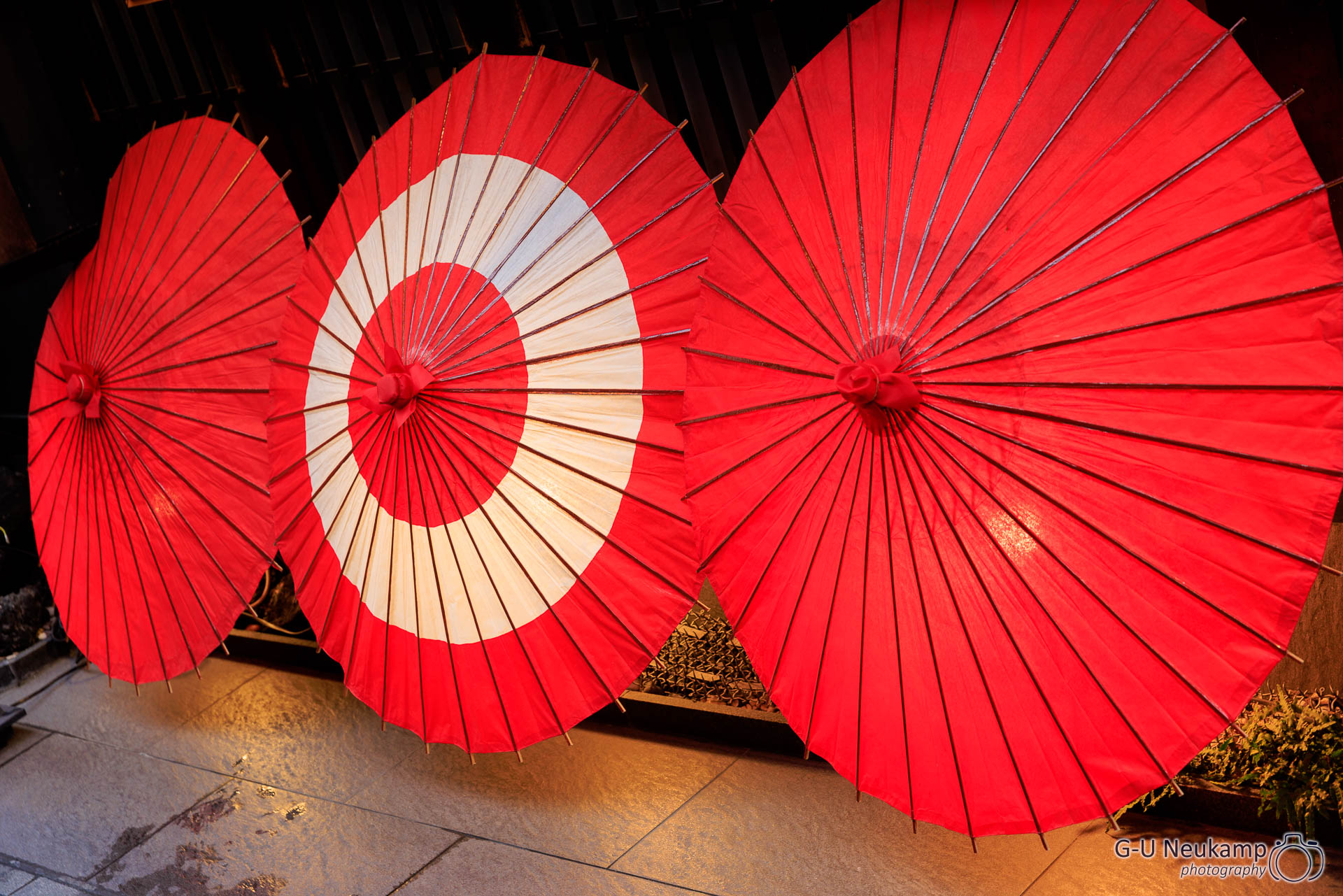
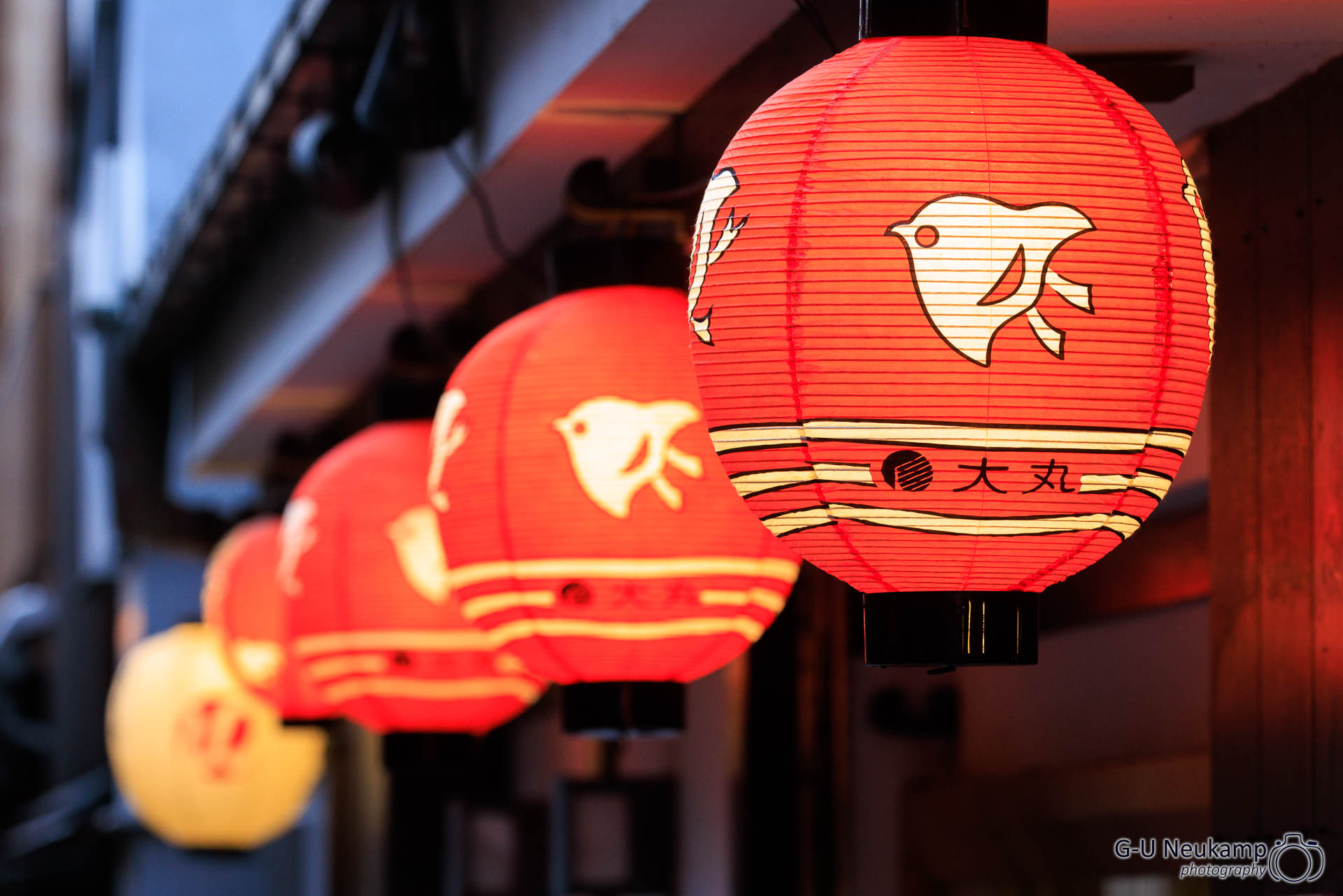
In order to become a Geisha, a guardian of the traditional Japanese arts, aspirants must undergo a complex and elaborate training. The training to become a Geisha takes 6 years, 6 months and 6 days. Girls between 15 and 17 years old can apply to become a Maiko. As conditions for their admission, the girls must be no taller than 1.60 meters, weigh at least 43 kilograms and be quite strong, because the weight of the traditional clothes, as well as the wigs that the Geisha wear, is considerable.
If a girl meets these requirements and is selected to start an education to become a Geisha, she leaves her family home and moves into a residence of the Geisha community, a so-called Okiya. Surrounded by like-minded people, a young aspirant is taught the Japanese arts by her Geisha mother, her instructor, and raised to become a Geisha.
In Kyōto, Geishas are called Geiko. After studying singing, music, dance and posture for a long time, these artists show their talent by escorting customers to the Ochaya, the traditional entertainment establishments.
However, it is not easy to discover a Maiko - let alone a Geisha. To have the opportunity to see them, you have to find the famous Ochaya, or Okiya, where Geishas live. And then you have to know how to distinguish between maikos and geishas.
Some signs are easy to recognize: Geishas wear a wig, while Maikos wear their real hair - therefore, unlike Geishas, Maikos’ natural skin color can be seen on the back of their necks. Overall, the kimono and hair jewelry of the Maikos is more eye-catching and colorful. The obi (belt) of the maikos is also much longer on the back than that of the Geishas.
On our last evening in Kyōto, we went once again to the “Daishogun”, the Yakiniku restaurant behind the station, where we had already been once on our second evening and which we enjoyed extremely well. We allowed ourselves Wagyu beef once again and for dessert matcha ice cream crème brûlée. The evening was very nice again, a successful end to our visit to Kyōto. By the way, the green drink is lime sour, which looks poisonous, but tastes very good.
